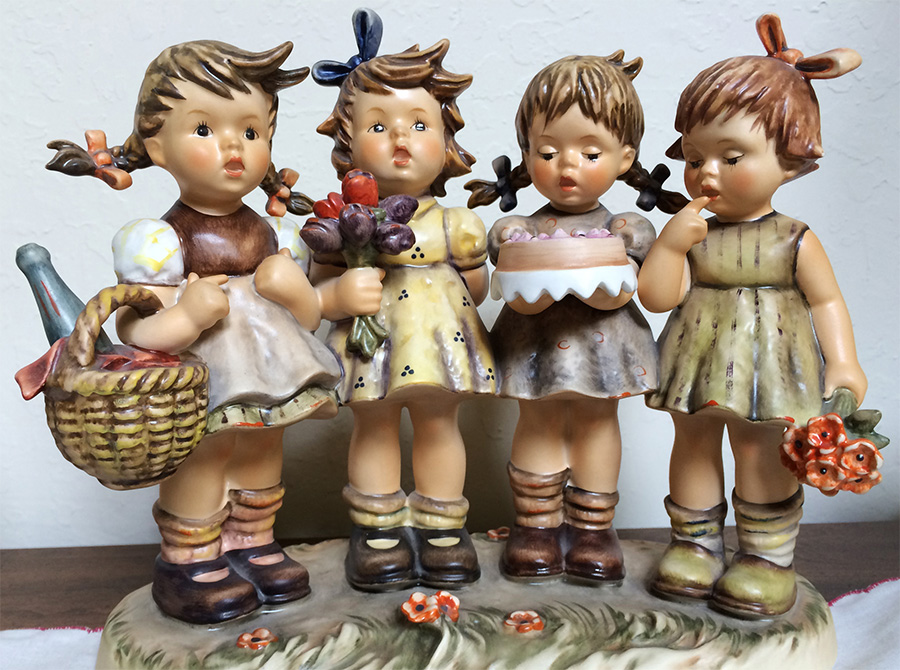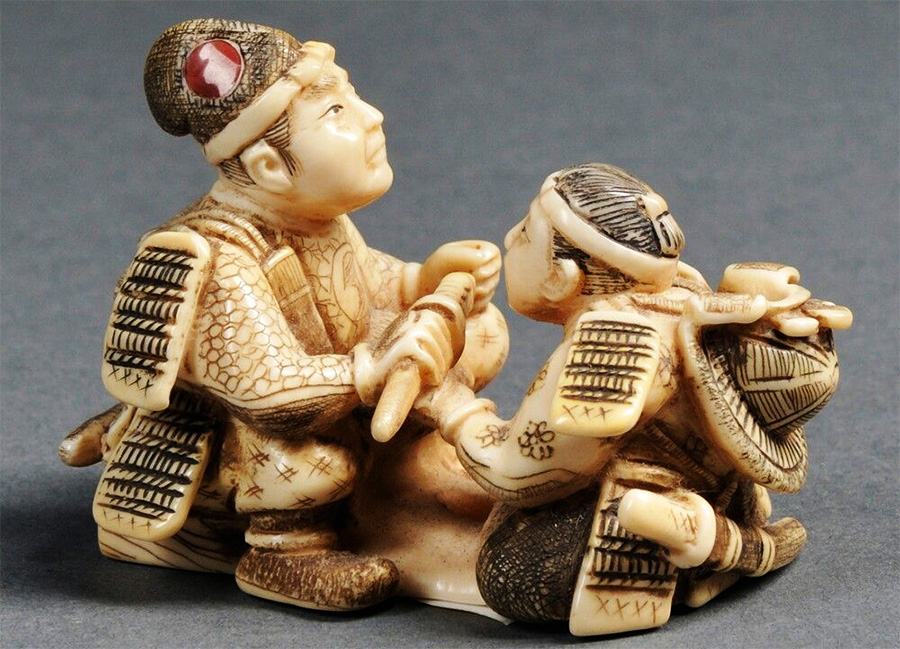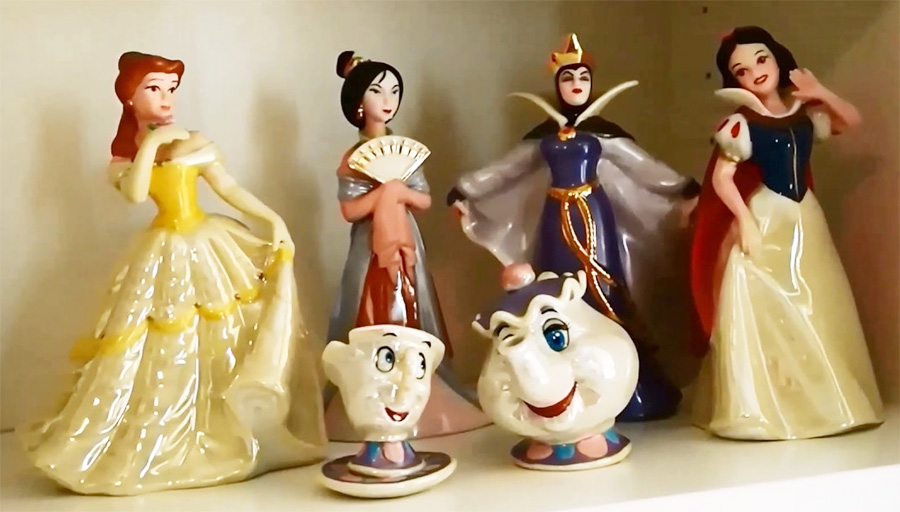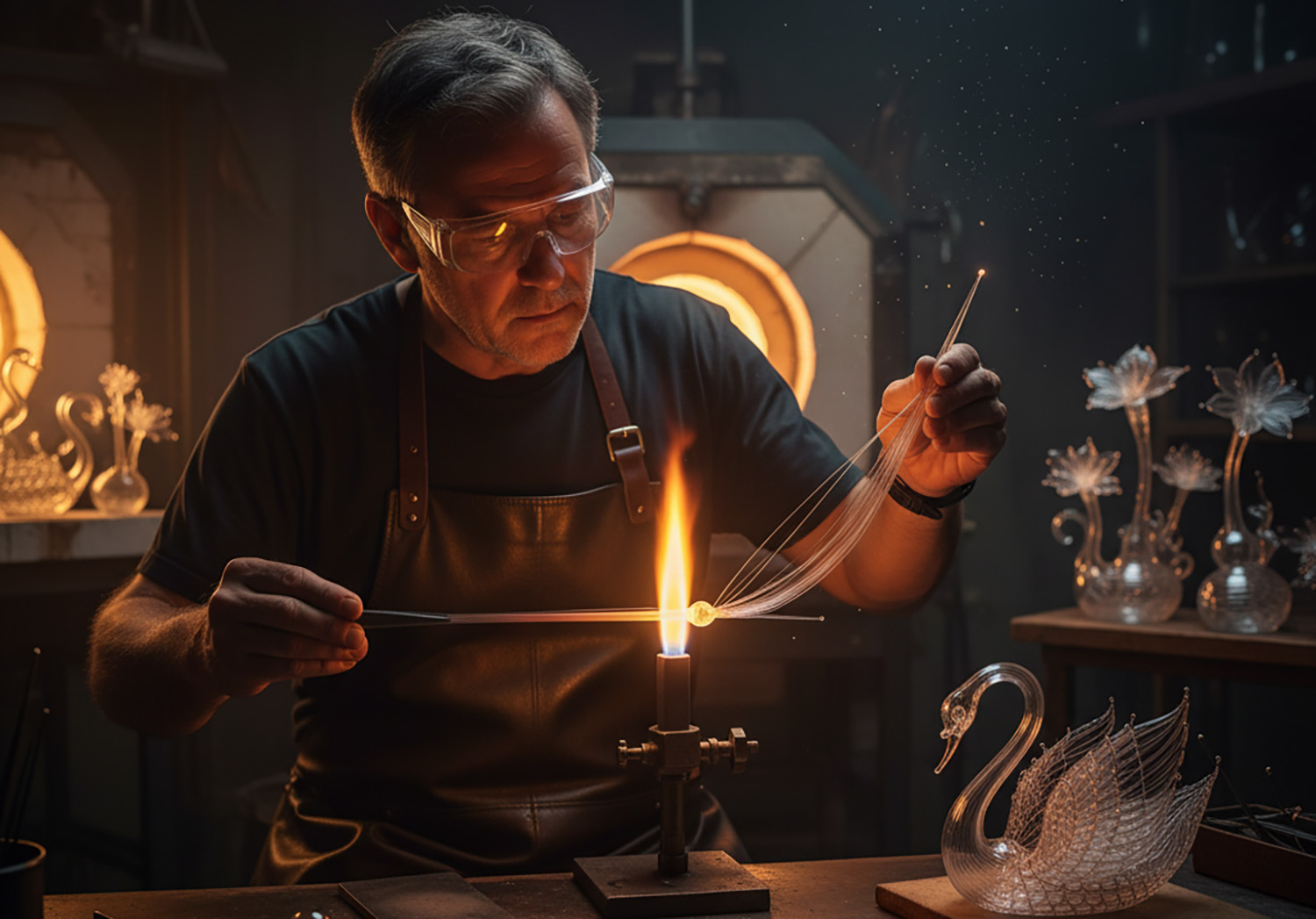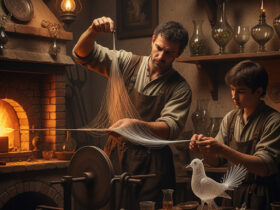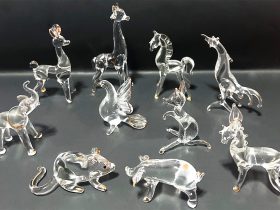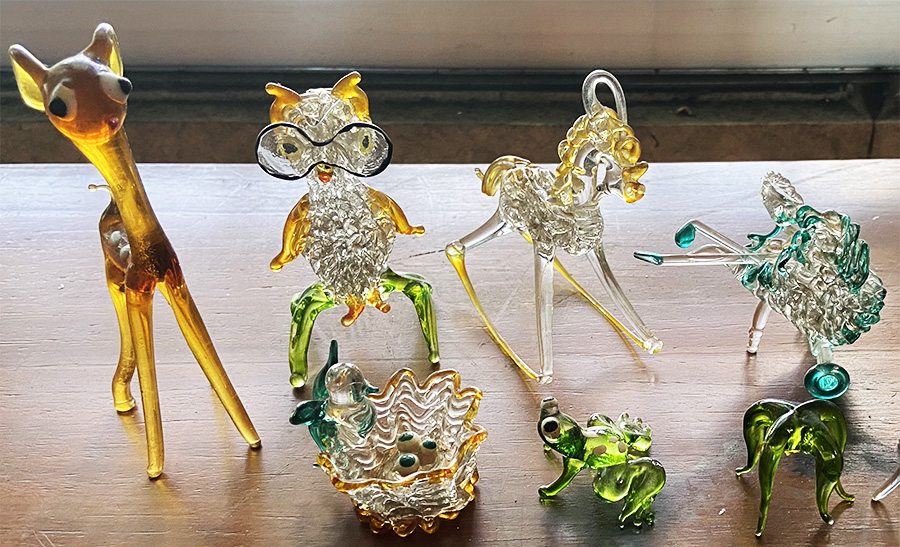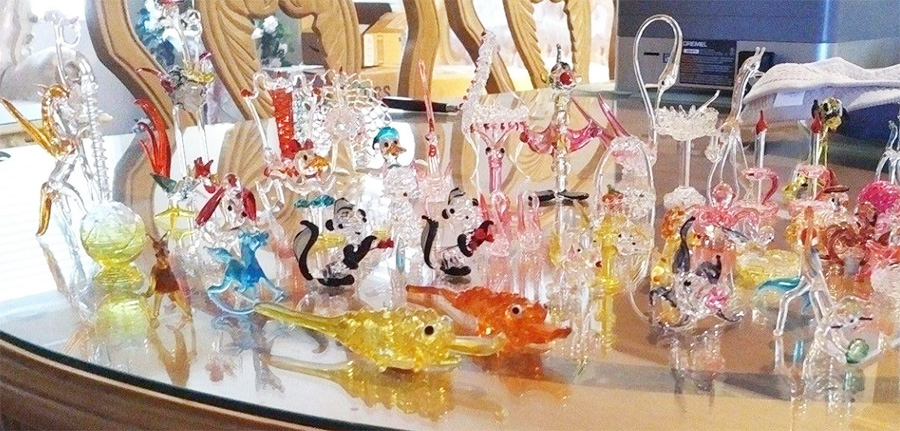Spun glass figurines possess an almost magical quality. With their impossibly fine, thread-like structures and delicate forms, they look as if they were woven from frozen light rather than sculpted from solid glass. This ethereal beauty isn’t the result of a magic wand, but of an intense, fiery process that demands a steady hand, immense patience, and a deep understanding of the material.
So, how does an artist transform a hard, solid glass rod into a whimsical animal or an intricate sailing ship? Let’s step into the workshop and break down the fascinating craft of making spun glass.
The Artisan’s Toolkit: Tools and Materials
Before the first flame is lit, the artist assembles a specific set of tools. The process, known as lampworking or flameworking, is centered around a high-temperature bench torch.
- Glass Rods: The raw material. These are rods of solid glass, often borosilicate (like Pyrex), which is durable and resistant to thermal shock. They come in various diameters and a rainbow of colors.
- Bench Torch: The heart of the operation. This stationary torch, fueled by a mix of propane and oxygen, produces a precise, intensely hot flame that can be adjusted in size and temperature.
- Hand Tools: A collection of specialized tools is essential for manipulation. These include graphite paddles (glass doesn’t stick to graphite), heat-resistant tweezers for pulling and placing, steel tools for poking and shaping, and shears for cutting the molten glass.
- Kiln: A crucial piece of equipment for finishing. This specialized oven is used for annealing, which is the process of slowly cooling the finished piece to prevent it from cracking.
The Step-by-Step Process: A Dance of Fire and Glass
Creating a spun glass figure is a meticulous process where every second counts. Here’s a step-by-step look at how a masterpiece is born from the flame.
Step 1: Heating and Gathering the Glass
The process begins with the artist introducing the end of a solid glass rod into the torch’s flame. They must constantly rotate the rod to ensure it heats evenly. As the temperature rises past 1,200°F (650°C), the glass begins to soften, glowing with a bright orange light and taking on the consistency of thick honey. This molten “gather” of glass will form the base material for the threads.
Step 2: Pulling the Threads – The “Spinning”
This is the most critical and defining step. Once a gather of molten glass is ready, the artist takes a second tool (often a smaller glass rod called a “punti” or a pair of tweezers) and touches it to the molten blob.
Then, in a swift and controlled motion, they pull the tool away from the main rod. This action stretches the molten glass into an incredibly fine, hair-like filament. The speed and distance of the pull determine the thread’s thickness—a faster, longer pull results in a finer thread. This is the “spun glass” that gives the art its name. These threads are then carefully set aside or used immediately.
Step 3: Building the Foundation or “Skeleton”
Complex figures aren’t made from a single, continuous thread. The artist first builds a basic, sturdier foundation. For example, to make a bird, they would first sculpt the main body and head from a heated glass rod, shaping it with graphite tools. For a ship, they would form the hull. This solid core provides the structural integrity for the delicate details to come.
Step 4: Weaving and Fusing the Threads
Now, the true artistry begins. The artist takes the fine threads they pulled earlier and, using tweezers, carefully brings them back to the edge of the flame. They don’t melt the threads completely, but heat them just enough to make them tacky.
These heated, pliable threads are then delicately wrapped, woven, and fused onto the solid foundation. The threads can be shaped into a swan’s graceful wings, the billowing sails of a ship, or the flowing tail of a fish. Different colored threads can be added to create contrast and detail. This step is a slow, painstaking process of building up layers of delicate glass to create the final, intricate form.
Step 5: Annealing – The Final, Crucial Rest
Once the figurine is complete, it is still incredibly fragile and full of internal stress from the rapid heating and cooling. If left to cool in the open air, it would almost certainly crack.
To prevent this, the finished piece is immediately placed into a kiln that has been pre-heated to around 950°F (510°C). The kiln holds the figurine at this temperature for a period of time, allowing the stress within the glass to relax. Then, it begins a very slow, digitally controlled cooling cycle that can last for several hours. This annealing process is what gives the final piece its strength and stability.
From a simple rod to a complex, luminous sculpture, the creation of a spun glass figurine is a testament to human skill. It is a process that transforms a common material into something extraordinary through a masterful combination of heat, timing, and artistic vision.


